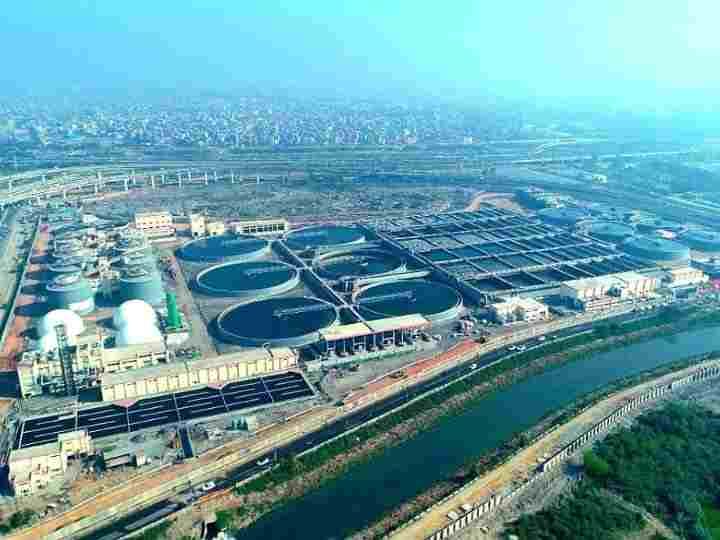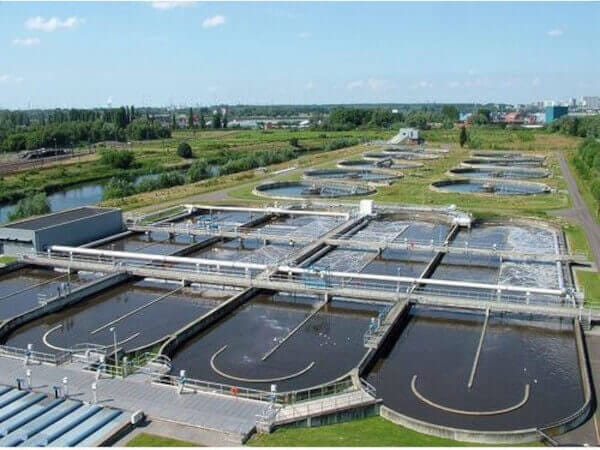An Extensive Overview of the National Sewage Treatment Plant National Inventory
Contents
- Historical Context and the Growing Treatment Gap
- State-wise Breakdown and Treatment Technologies
- Treatment Technologies in India's Sewage Treatment Plants
- Confronting Challenges with Innovative Solutions
- Urbanization: A Double-Edged Sword
- Funding: The Lifeblood of Innovation
- Operation and Maintenance: The Pillars of Sustainability
- The Way Forward
An updated National Inventory of Sewage Treatment Plants (STPs), an important document that offers information about the state and challenges ofsewage treatment across the country, was released by the Central Pollution Control Board (CPCB) of India in March 2021. This report, that highlights the urgent requirement for improved waste disposal approaches, is more important than ever in light of the increasing rate of urbanization and water pollution. This blog plunges into the report's more refined points, heading beyond what is apparent to understand every aspect of India's sewage treatment issues along with potential solutions.

Historical Context and the Growing Treatment Gap
The journey ofsewage treatment in India is marked by growing challenges and evolving strategies. Since the late 1990s, the CPCB has been documenting the progress and pitfalls in sewage treatment infrastructure, with each report uncovering the widening gap between sewage generation and treatment capacity. For instance, in the fiscal year 1978-79, India generated 7,067 Million Litres per Day (MLD) of sewage, with a treatment capacity of only 2,758 MLD. Fast forward to 2014-15, and the sewage generation skyrocketed to 62,000 MLD, with a treatment capacity lagging at 23,277 MLD. This escalating disparity underscores the critical need for accelerated efforts in expanding and enhancing sewage treatment capabilities.
State-wise Breakdown and Treatment Technologies
While the national overview provides a macroscopic perspective, a closer look at individual states reveals a nuanced mosaic of challenges and progress. Each state's approach, capacity, and technology adoption vary widely, reflecting the geographical, economic, and urban characteristics that influence wastewater management strategies. Among the prevalent technologies, the Activated Sludge Process(ASP) remains a staple, known for its reliability and efficiency. However, newer technologies like the Upflow Anaerobic Sludge Blanket (UASB) and Sequencing Batch Reactors (SBRs) are gaining favor for their cost-effectiveness, operational flexibility, and lower energy requirements.
Treatment Technologies in India's Sewage Treatment Plants
As India grapples with the challenges of sewage management, the role of advanced treatment technologies becomes pivotal. The nation's Sewage Treatment Plants (STPs) are a testament to the evolving landscape of wastewater management, showcasing a variety of methods aimed at enhancing efficiency, reducing energy consumption, and improving the quality of effluent. This exploration delves into the three prominent technologies employed across the country: the Activated Sludge Process (ASP), the Upflow Anaerobic Sludge Blanket (UASB), and Sequencing Batch Reactors (SBRs).
The ASP is a cornerstone in the domain of sewage treatment, attributed to its biological approach in handling wastewater. This process involves aerating the sewage to encourage the growth of microorganisms. These microorganisms then consume the organic matter in the sewage, effectively reducing pollutants and resulting in cleaner water. Its widespread adoption in India underscores the technology's reliability and effectiveness in various settings.

Upflow Anaerobic Sludge Blanket (UASB)
The UASB technology marks a significant shift towards energy-efficient sewage treatment. It operates on the principle of anaerobic digestion, where microorganisms break down organic matter in the absence of oxygen. Thisprocess not only significantly reduces the organic pollutant load but also produces biogas, a renewable energy source. The UASB's lower energy requirements and additional benefits of biogas production make it an attractive option for sustainable wastewater management.

Sequencing Batch Reactors (SBRs)
Offering a modern twist to conventional treatment methods, SBRs stand out for their operational flexibility and superior effluent quality. Unlike continuous processes, SBRs treat sewage in batches, allowing for precise control over each phase of the treatment process. This flexibility facilitates the adaptation to varying loads and conditions, ensuring consistently high-quality effluent. The SBR technology exemplifies the advancements in sewage treatment, catering to the demands for efficiency and environmental compliance.

Confronting Challenges with Innovative Solutions
The CPCB's National Inventory report elucidates the daunting challenges that India faces in sewage treatment, exacerbated by rapid urbanization, funding shortages, and operational inefficiencies. However, it also proposes innovative solutions aimed at overcoming these hurdles, ensuring the sustainability and effectiveness of sewage treatment practices across the nation.
Urbanization: A Double-Edged Sword
Urbanization, while a marker of development, brings with it an increased strain on sewage treatment infrastructure. The report identifies decentralized wastewater treatment systems as a potent solution to this growing concern. Such systems treat wastewater close to its source, reducing the load on centralized treatment facilities and minimizing the need for extensive sewer networks. Additionally, nature-based solutions, like constructed wetlands, offer a cost-effective and eco-friendly alternative for sewage treatment, harnessing natural processes to remove pollutants from wastewater.
Funding: The Lifeblood of Innovation
A crucial bottleneck in scaling sewage treatment capabilities is the lack of sufficient funding. The report advocates for the exploration of public-private partnerships (PPPs) as a means to inject much-needed capital into the sector. By collaborating with private entities, the government can leverage private investment to support the construction and upgrade of STPs. Moreover, the introduction of user charges and other economic instruments could provide a steady revenue stream for the maintenance and operation of sewage treatment facilities, incentivizing better wastewater management practices among consumers and industries alike.
Operation and Maintenance: The Pillars of Sustainability
The operational efficiency of STPs is paramount to their success in managing sewage effectively. Recognizing the challenges in this domain, the report underscores the importance of capacity building for STP operators. Training and skill development initiatives are essential to equip personnel with the knowledge and tools required to optimize STP performance. Furthermore, the adoption of technology for remote monitoring and control can revolutionize STP operation, enabling real-time adjustments and proactive maintenance to ensure consistent treatment efficiency.
The Way Forward
The National Inventory of Sewage Treatment Plants in India paints a comprehensive picture of the current landscape and the path forward in wastewater management. By addressing the challenges head-on and embracing innovative solutions, India can bridge the treatment gap, enhance the sustainability of its sewage treatment infrastructure, and make significant strides towards environmental conservation and public health protection.
The journey towards improved sewage treatment is complex and multifaceted, requiring the concerted effort of government bodies, private sector participants, communities, and individuals alike. With continued focus and investment in the areas of technology, funding, and human capital, India can transform its sewage treatment paradigm, safeguarding its water resources and fostering a healthier, more sustainable future for all its citizens.